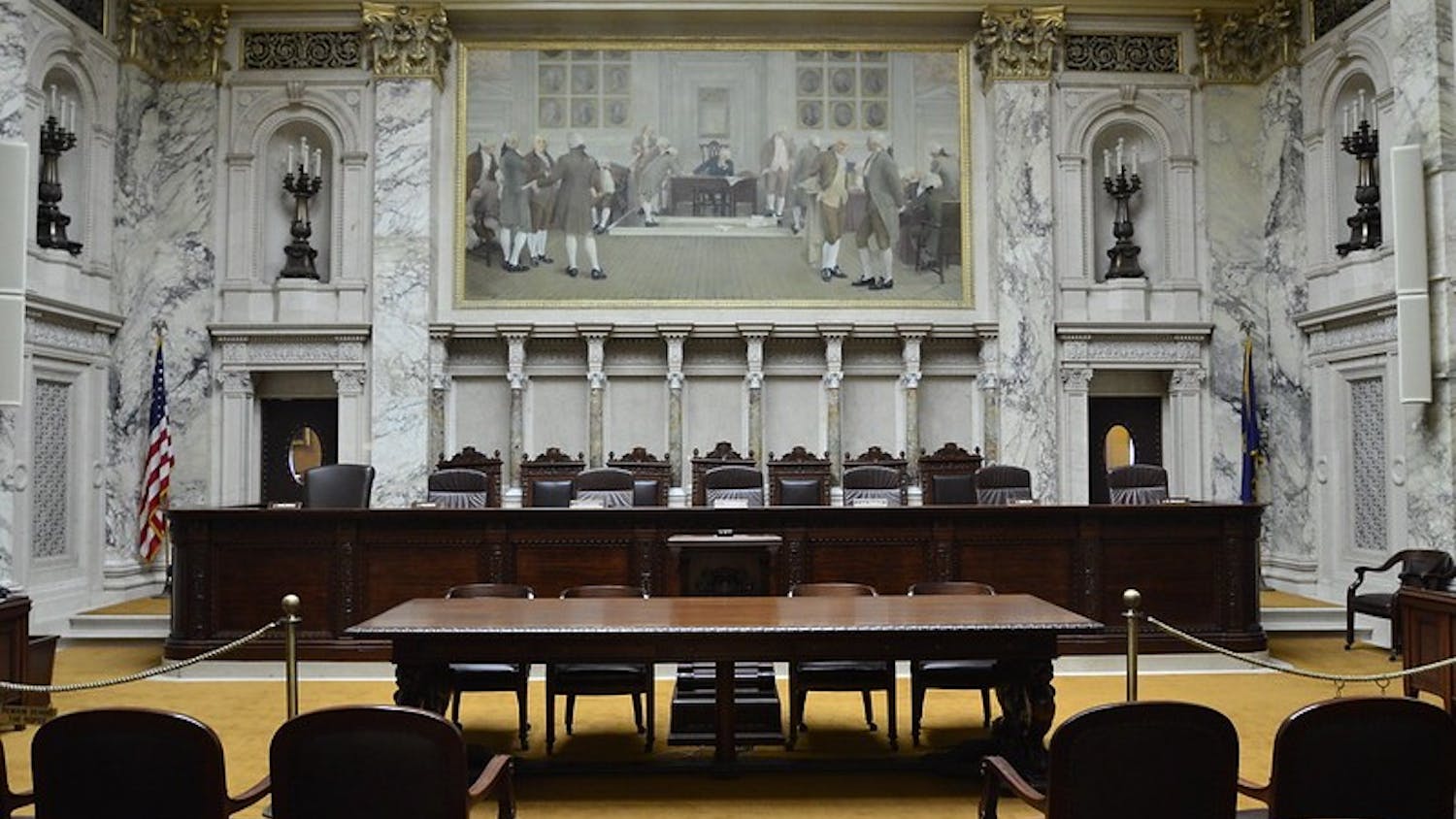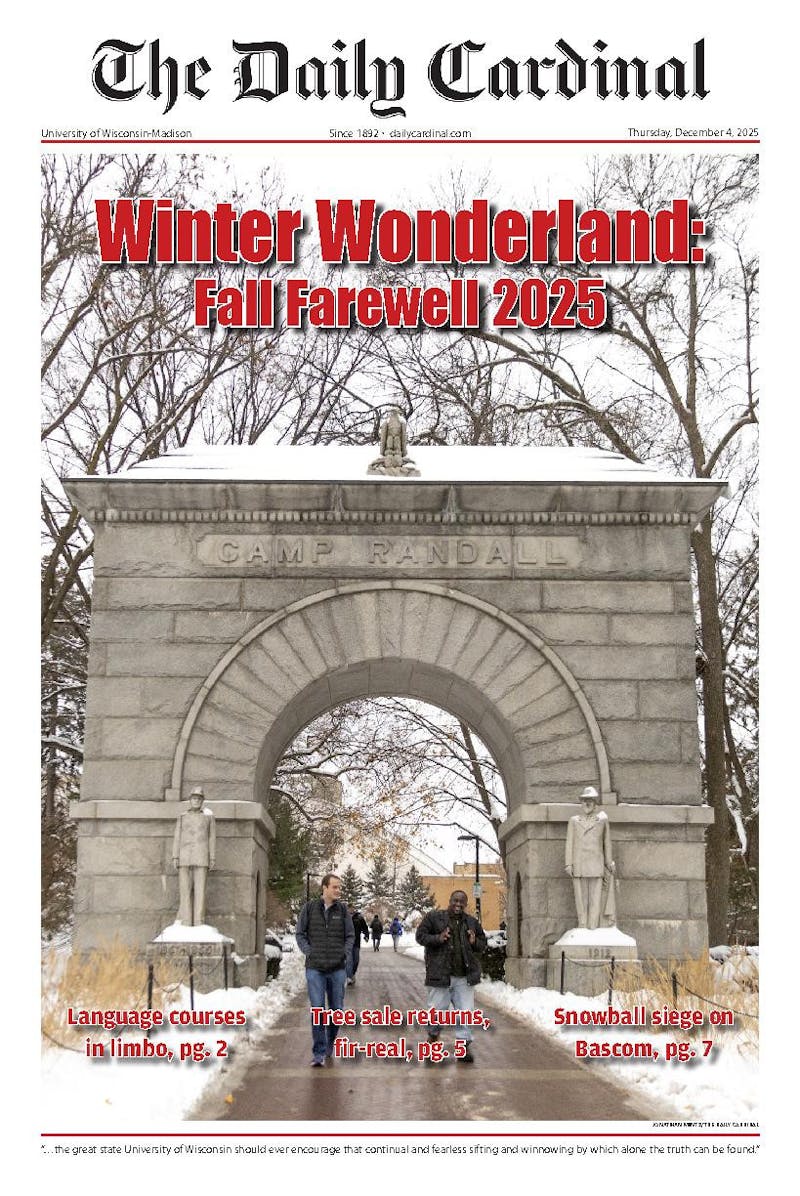When I first enrolled at the UW-Madison as an out-of-state student in 1998, nearly one-third of the student body was from out-of-state. With tuition increases, this has been slowly whittled away to a much smaller percentage of the student body. At first glance this may not appear to be a problem. However, one shared characteristic that is common among nearly all prestigious public universities is an ability to maintain an out-of-state population around one-third of the student body. It is often out-of-state students who act as a university's best ambassadors to boost national reputation.
I am currently a graduate student at the University of Virginia where approximately one-third of the student body is from out-of-state. One-third is a magic number. The out-of-state factor is a large part of why the UW-Madison has been held to be a more prestigious institution than the University of Illinois, for example. It is also why quality schools like University of North Carolina-Chapel Hill that do not maintain a significant out-of-state population, cannot compete with University of California-Berkeley, Virginia or Michigan. This does not necessarily mean that UW-Madison should not raise its tuition for out-of-state students, but if the deans in their infinite wisdom choose to do so, it is important to find other ways to increase the number of out-of-state applicants to the university.
One possible way to do this would be to redesign the university Web site. The university is currently a top public university according to U.S. News & World Report and has scores of programs ranked in the top 10 nationally. Unfortunately, there is no mention of this at the Web site, in contrast to other top public universities. Simple considerations such as these may be able to spur out-of-state interest in the university. Maintaining a significant out-of-state population is crucial to ensuring that UW-Madison remains a top-flight public university that we can all be proud of.





